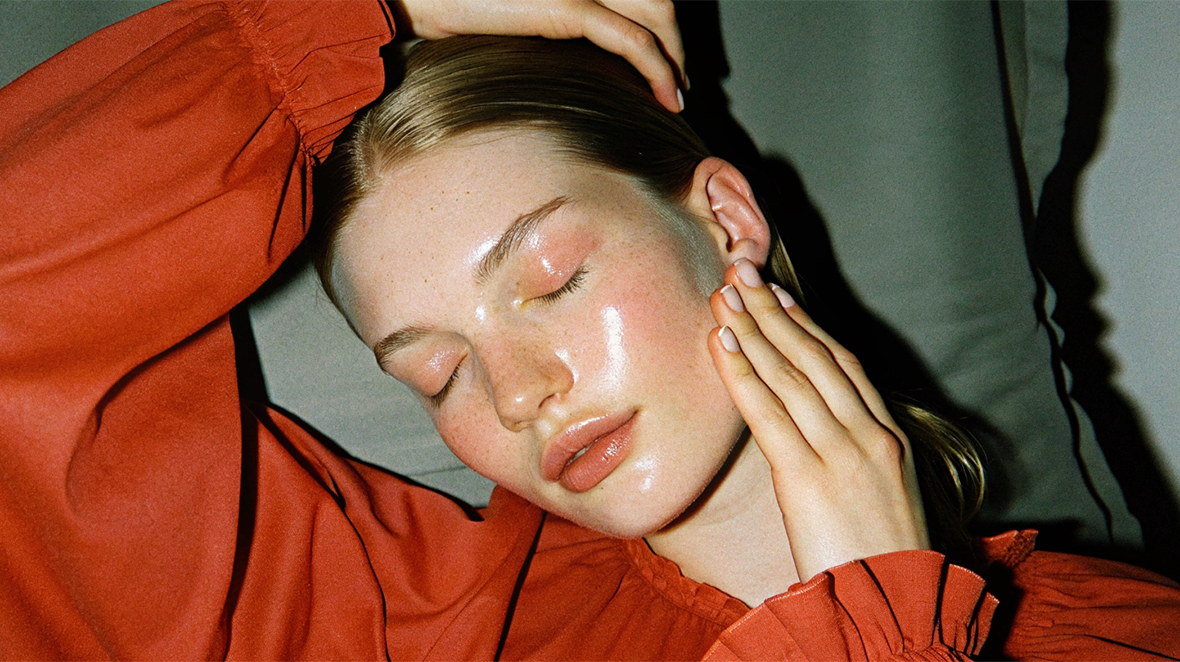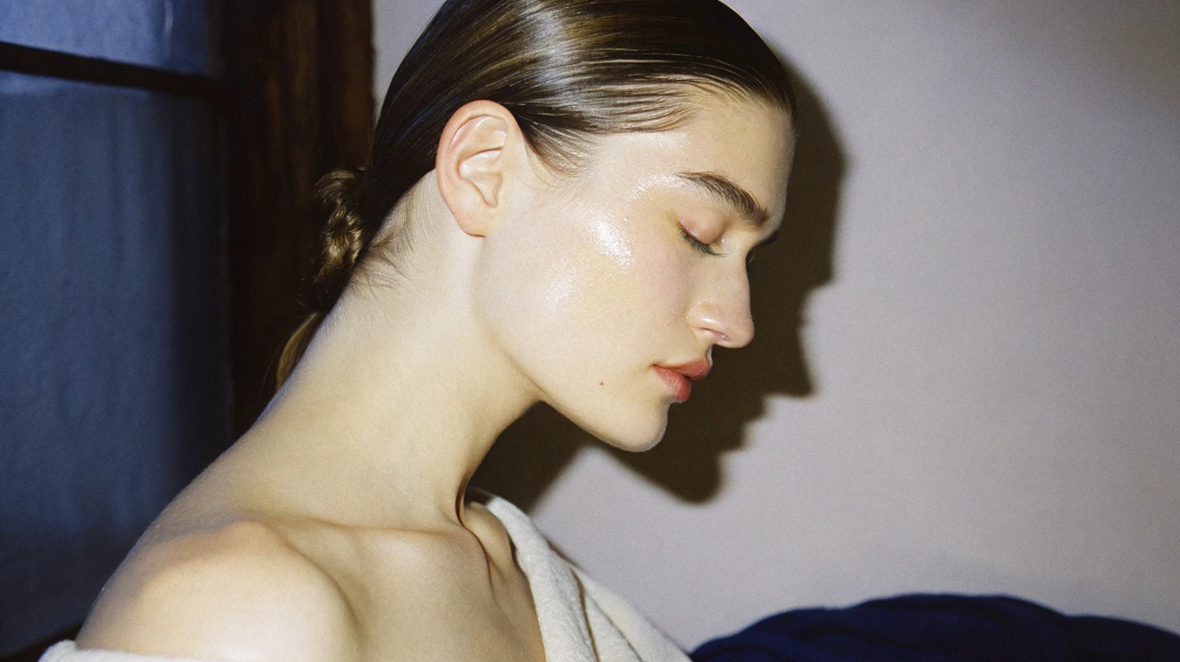
Polynucleotides Aftercare: What You Need to Know for Long-Lasting Results
Polynucleotide therapy is quickly becoming one of the most sought-after regenerative aesthetic treatments in the UK — and for good reason. At Jorja Aesthetics, we use it to revitalise tired skin, reduce inflammation, and trigger deep cellular repair — giving you real, human-first results that don’t just mask issues, but actually heal them.
But here’s the truth: no matter how advanced the treatment, aftercare matters. Think of it as the final step in your transformation — the part where short-term healing turns into long-term glow.
So if you’ve booked (or are about to book) this next-gen treatment, here’s everything you need to know about polynucleotides aftercare.
First, Why Polynucleotides Work Differently
Unlike traditional injectables that simply fill or freeze, polynucleotides stimulate your body’s natural regeneration process. Made from purified DNA fragments, they:
- Reduce oxidative stress
- Improve skin texture and elasticity
- Calm inflammation and redness
- Speed up wound healing
They’re particularly powerful in areas like under-eyes, cheeks, neck, and acne-scarred or rosacea-prone skin. But because this treatment taps into your own biology, it requires time — and a little patience — to work its magic.
Your Polynucleotide Aftercare Guide
1. Skip Heat, Sweat & Intensity (For 24–48 Hours)
No saunas, steam rooms, hot yoga or intense workouts. Heat can increase swelling and impact how your skin responds to treatment.
2. Hands Off
Avoid touching, rubbing or applying pressure to the treated area. Let your skin settle and absorb every drop of those powerhouse molecules.
3. No Actives for a Few Days
Press pause on retinoids, AHAs/BHAs, or harsh exfoliants for 3–5 days. Your skin is in healing mode — treat it gently.
4. Hydrate Inside & Out
Drink plenty of water and use a gentle, hydrating serum or moisturiser. Polynucleotides thrive in a well-hydrated environment — it's like giving your skin the fuel it needs to regenerate.
5. Use Sunscreen Religiously
Even on cloudy days. UV rays can undo the regenerative benefits and increase risk of pigmentation post-treatment.
6. Expect Subtle Swelling or Redness
It’s normal to experience slight puffiness, especially under the eyes. This usually resolves within 24–48 hours. If you’ve got somewhere big to be, plan your treatment at least 3 days prior.
7. Give It Time
Polynucleotide therapy works in layers — results build over the following weeks. You’ll notice improvements in hydration and texture first, then tone and elasticity.
When to Contact Us
At Jorja Aesthetics, we’re with you every step of the way. If you experience anything beyond mild redness or swelling — such as prolonged discomfort, visible lumps, or discolouration — reach out. Your Adoreal Patient Dashboard gives you instant access to instructions, updates, and support from our clinical team. Because this isn’t just about looking better — it’s about feeling safe, seen, and supported.
Final Thought: Aftercare Is Self-Care
If you’re choosing polynucleotide therapy, you’re already doing something powerful for your skin — and for yourself. Aftercare is your chance to honour that investment.
At Jorja Aesthetics, we don’t do aesthetic shortcuts. We do bold care that starts with science and ends with real, lasting transformation. Ready for regenerative results that go deeper? Book your consultation today and experience polynucleotides the Jorja way.
Ready to Take the Next Step?



